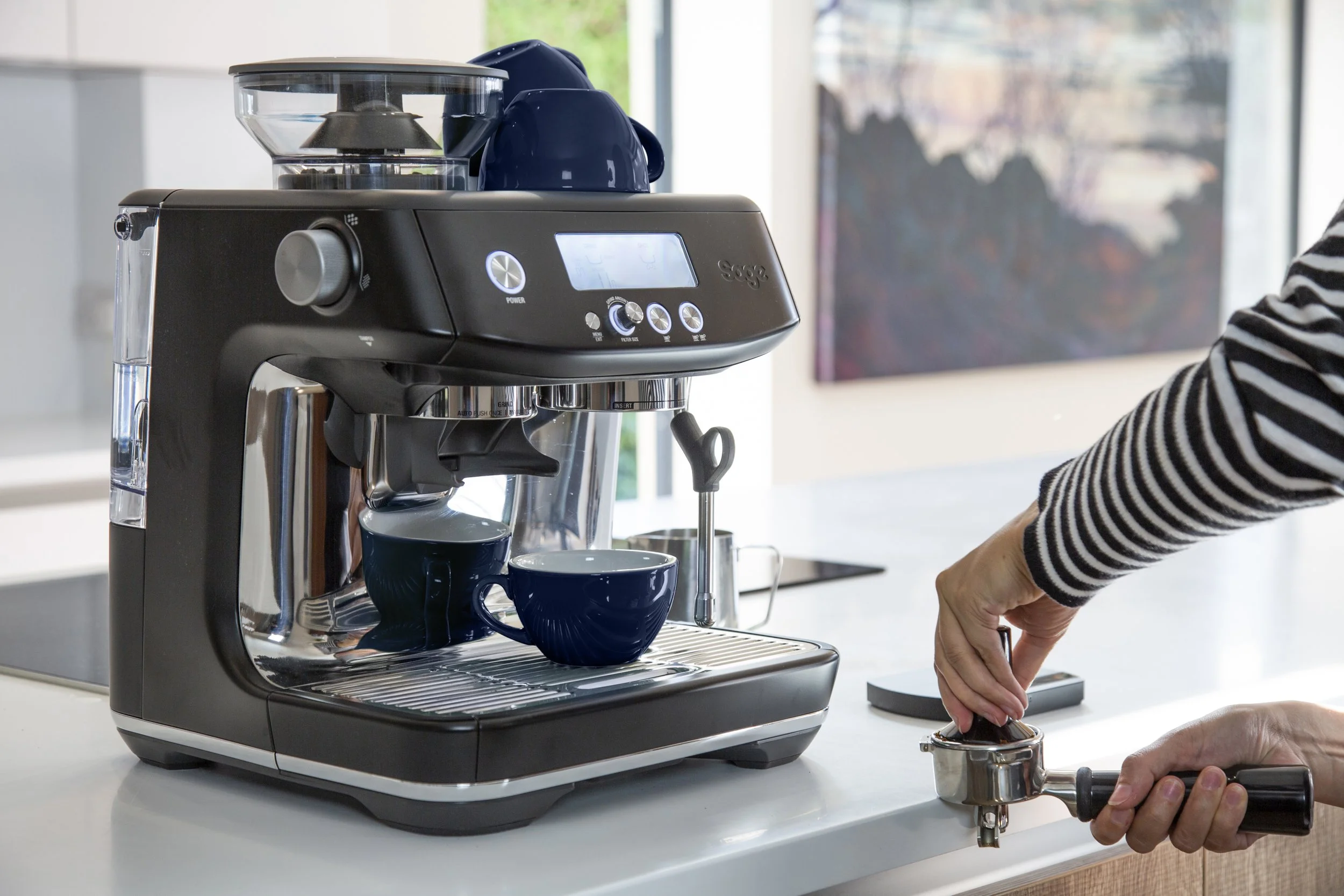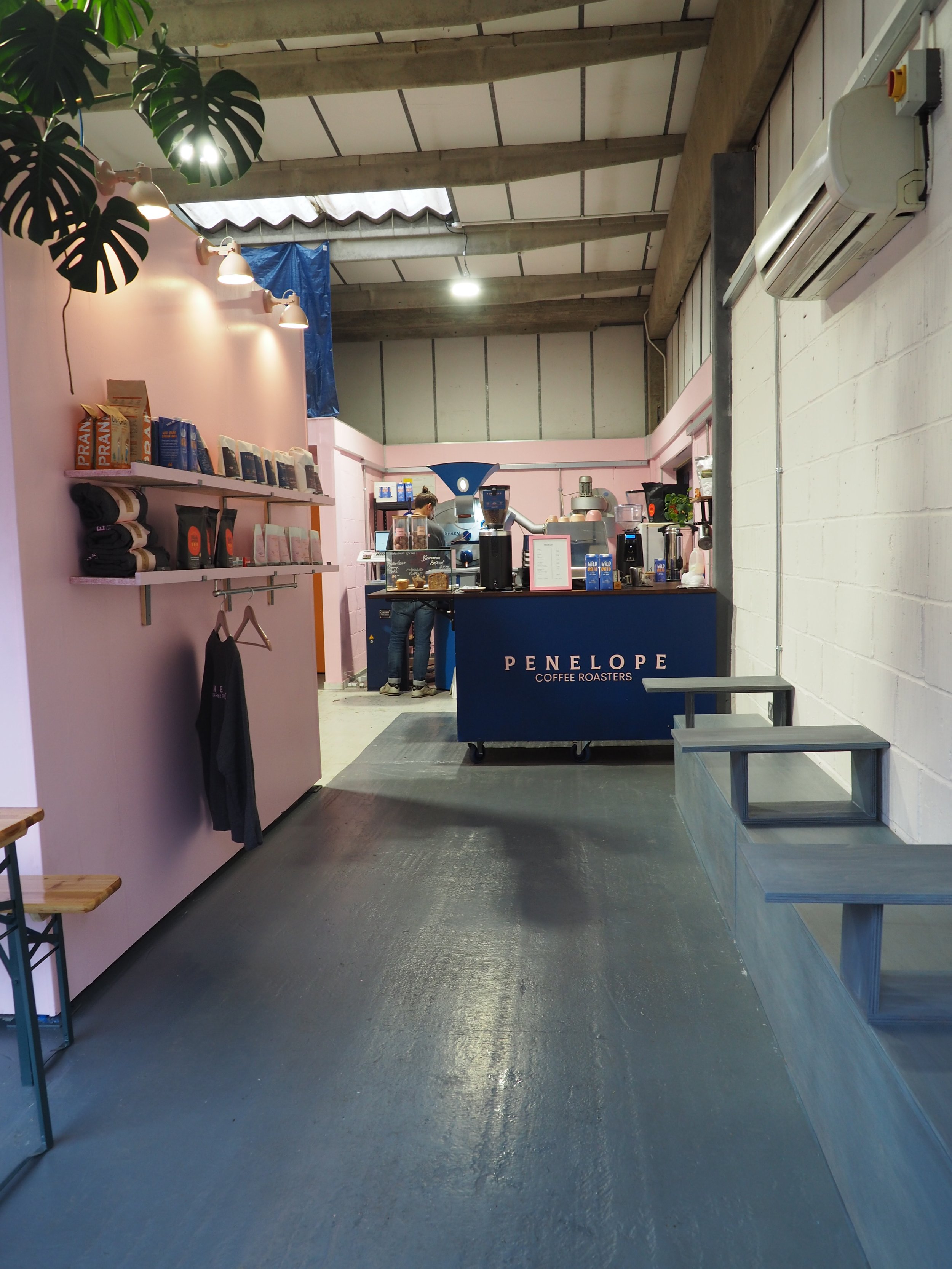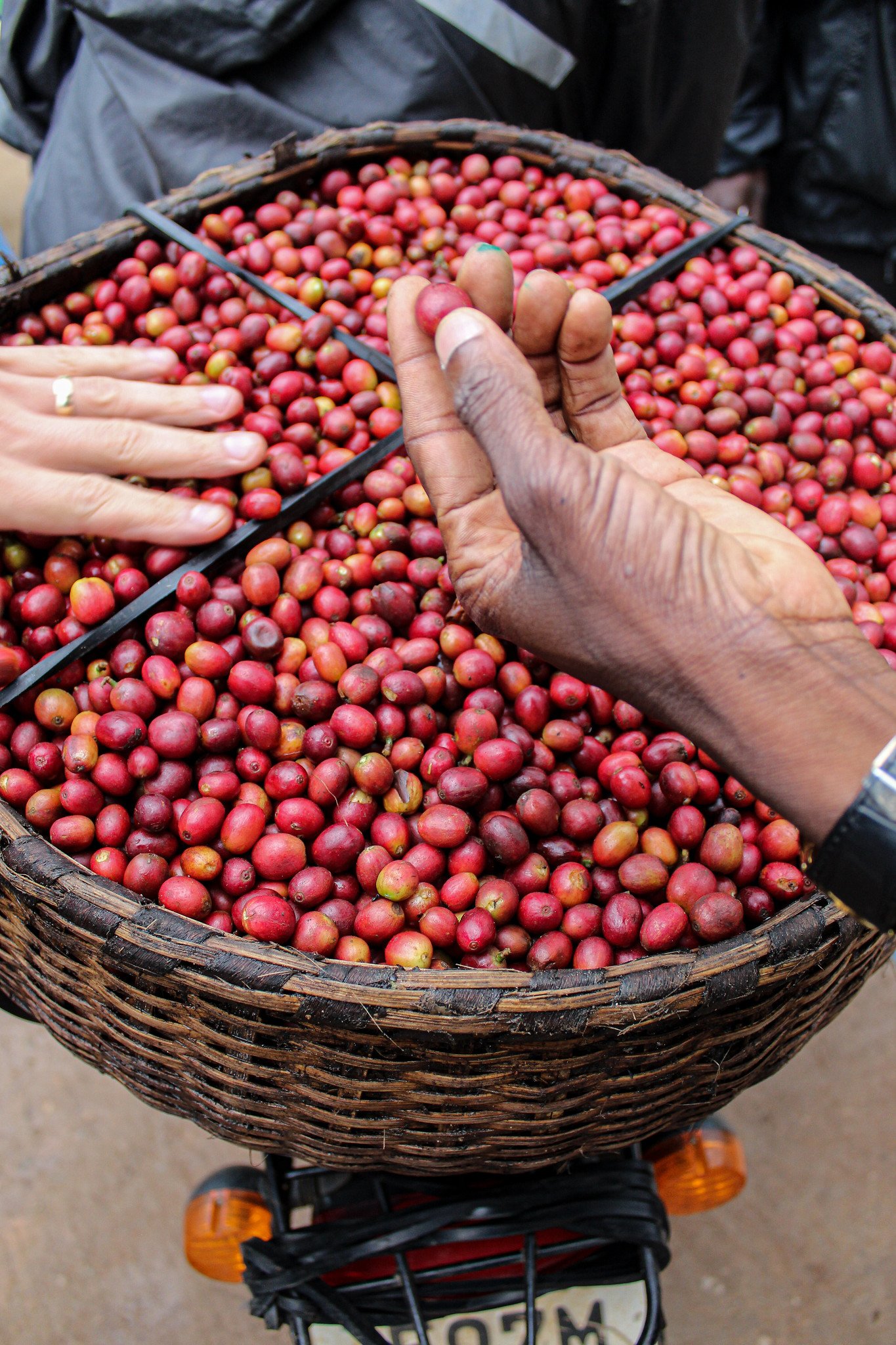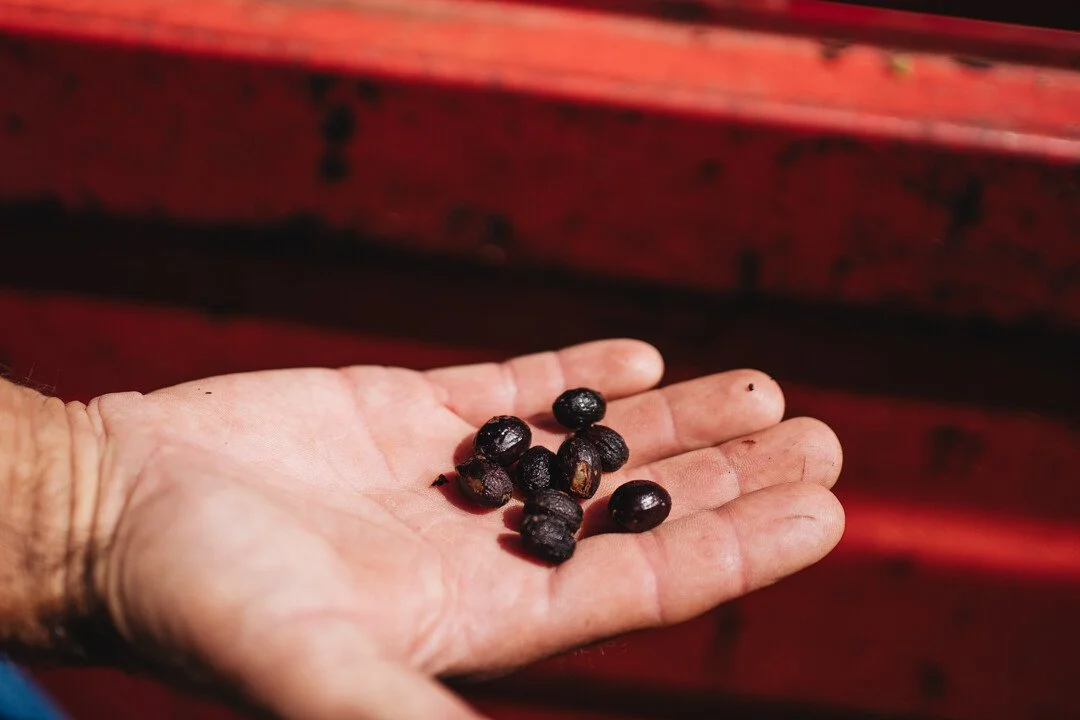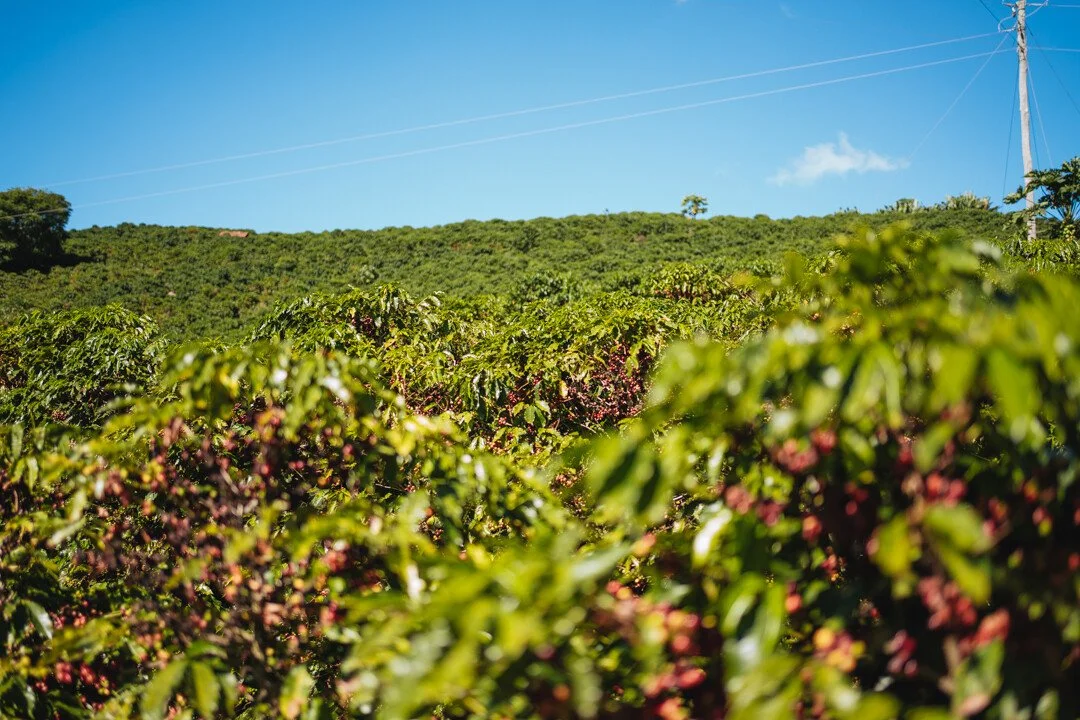

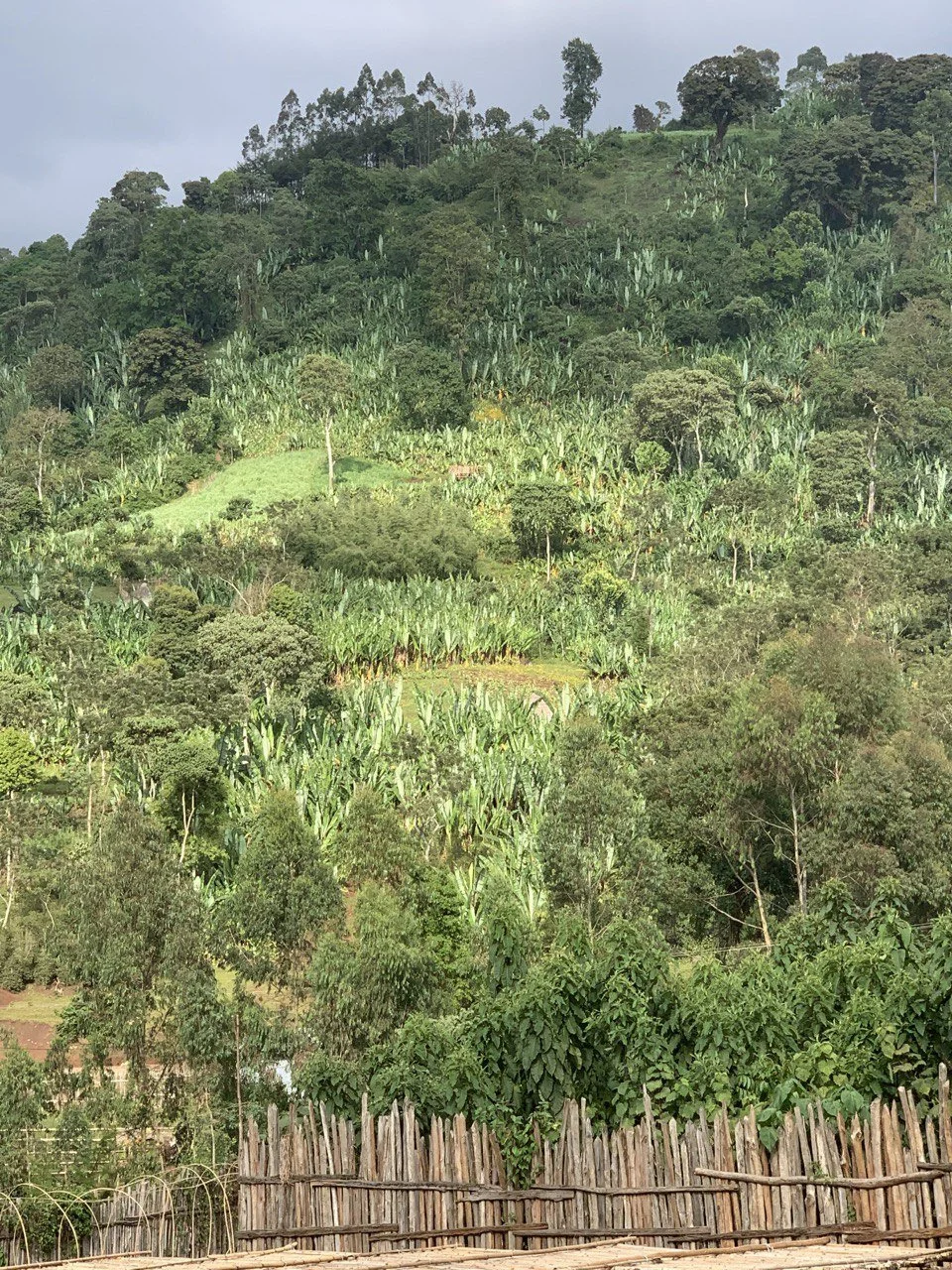
ETHIOPIA | DECAF | SPARKLING WATER PROCESS
SINGLE ORIGIN | MEDIUM ROAST
250GM | 1KG WHOLE BEAN + GROUND OPTIONS
WE TASTE: CHERRY JAM, DARK CHOCOLATE MOOSE, RED CURRANT
PRODUCER: ALEMU ADAMA WET & DRY MILL STATION
FARM: LOCAL SMALL HOLDERS
ORIGIN: BENSA WOREDA, SIDAMA | ETHIOPIA
VARIETY: MIXED HIERLOOM
PROCESS: SPARKLING WATER | CO2 DECAF
ALTITUDE: 1,750-1,950 MASL
Alemu Adama wet and dry mill station is located in the Sidama Region, specifically within the Bensa Woreda of the Abay Teka district, at an elevation ranging from 1750 to 1950 meters above sea level and at geographic coordinates N = 6.479985 and E = 39.066983. The station supplies high-quality washed coffee to customers and employs 5 permanent staff members and 120 temporary workers, thereby contributing to the local economy. Quality and sustainability are key principles at this facility.
THE SPARKLING WATER DECAFFEINATION PROCESS:
This process was first discovered by a scientist called Kurt Zosel at the Max Planck Institute for Coal Research in 1967 as he was looking at new ways of separating mixtures of substances. In 1988, a German decaffeination company called CR3 developed this process for decaffeination whereby natural carbon dioxide (which comes from prehistoric underground lakes) is combined with water to create sub-critical conditions which creates a highly solvent substance for caffeine in coffee. It is a gentle, natural and organically certified process and the good caffeine selectivity of the carbon dioxide guarantees a high retention level of other coffee components which contribute to taste and aroma.
The process is outlined below:
The green beans enter a pre-treatment vessel where they are cleaned and moistened with water before being brought into contact with pressurised liquid carbon dioxide. When the green coffee beans absorb the water, they expand and the pores are opened resulting in the caffeine molecules becoming mobile.
After the water has been added, the beans are then brought into contact with the pressurised liquid carbon dioxide which combines with the water to essentially form sparkling water. The carbon dioxide circulates through the beans and acts like a magnet, drawing out the mobile caffeine molecules.
The sparkling water then enters an evaporator which precipitates the caffeine rich carbon dioxide out of the water. The now caffeine free water is pumped back into the vessel for a new cycle.
This cycle is repeated until the required residual caffeine level is reached. Once this has happened, the circulation of carbon dioxide is stopped and the green beans are discharged into a drier.
The decaffeinated coffee is then gently dried until it reaches its original moisture content, after which it is ready for roasting.
There are several benefits to using this process for decaffeination:
The agent used for extracting the caffeine is entirely natural and the process can be classified as organic due to the complete lack of chemicals used throughout. There is also no health risk by consuming coffee that has been decaffeinated in this way.
The way the process works means the other compounds in the green bean are left untouched, meaning decaffeination has no effect on the flavour and aroma of the finished product. The carbon dioxide is very selective and doesn’t extract the carbohydrates and proteins in the green bean which contribute to flavour and smell.
The cell structure of the green bean and the finished roasted bean is unchanged which is of great advantage when working with speciality coffees.
The by-products are 100% natural and recyclable.
SINGLE ORIGIN | MEDIUM ROAST
250GM | 1KG WHOLE BEAN + GROUND OPTIONS
WE TASTE: CHERRY JAM, DARK CHOCOLATE MOOSE, RED CURRANT
PRODUCER: ALEMU ADAMA WET & DRY MILL STATION
FARM: LOCAL SMALL HOLDERS
ORIGIN: BENSA WOREDA, SIDAMA | ETHIOPIA
VARIETY: MIXED HIERLOOM
PROCESS: SPARKLING WATER | CO2 DECAF
ALTITUDE: 1,750-1,950 MASL
Alemu Adama wet and dry mill station is located in the Sidama Region, specifically within the Bensa Woreda of the Abay Teka district, at an elevation ranging from 1750 to 1950 meters above sea level and at geographic coordinates N = 6.479985 and E = 39.066983. The station supplies high-quality washed coffee to customers and employs 5 permanent staff members and 120 temporary workers, thereby contributing to the local economy. Quality and sustainability are key principles at this facility.
THE SPARKLING WATER DECAFFEINATION PROCESS:
This process was first discovered by a scientist called Kurt Zosel at the Max Planck Institute for Coal Research in 1967 as he was looking at new ways of separating mixtures of substances. In 1988, a German decaffeination company called CR3 developed this process for decaffeination whereby natural carbon dioxide (which comes from prehistoric underground lakes) is combined with water to create sub-critical conditions which creates a highly solvent substance for caffeine in coffee. It is a gentle, natural and organically certified process and the good caffeine selectivity of the carbon dioxide guarantees a high retention level of other coffee components which contribute to taste and aroma.
The process is outlined below:
The green beans enter a pre-treatment vessel where they are cleaned and moistened with water before being brought into contact with pressurised liquid carbon dioxide. When the green coffee beans absorb the water, they expand and the pores are opened resulting in the caffeine molecules becoming mobile.
After the water has been added, the beans are then brought into contact with the pressurised liquid carbon dioxide which combines with the water to essentially form sparkling water. The carbon dioxide circulates through the beans and acts like a magnet, drawing out the mobile caffeine molecules.
The sparkling water then enters an evaporator which precipitates the caffeine rich carbon dioxide out of the water. The now caffeine free water is pumped back into the vessel for a new cycle.
This cycle is repeated until the required residual caffeine level is reached. Once this has happened, the circulation of carbon dioxide is stopped and the green beans are discharged into a drier.
The decaffeinated coffee is then gently dried until it reaches its original moisture content, after which it is ready for roasting.
There are several benefits to using this process for decaffeination:
The agent used for extracting the caffeine is entirely natural and the process can be classified as organic due to the complete lack of chemicals used throughout. There is also no health risk by consuming coffee that has been decaffeinated in this way.
The way the process works means the other compounds in the green bean are left untouched, meaning decaffeination has no effect on the flavour and aroma of the finished product. The carbon dioxide is very selective and doesn’t extract the carbohydrates and proteins in the green bean which contribute to flavour and smell.
The cell structure of the green bean and the finished roasted bean is unchanged which is of great advantage when working with speciality coffees.
The by-products are 100% natural and recyclable.



